Maharashtra is the second-most populated state and nation division in India and the world. However, the real estate market in Mumbai will undoubtedly experience hardship in 2022–2023. Interest rates are rising, the state legislature irresponsibly placed a 1% tax on home purchases, equity markets crashed drastically, harming demand and mood, and forthcoming supply is at absurd levels in attractive micro-markets.
What led to this? Only after the city’s quick recovery following the announcement of the stamp duty reduction in 2020 was it reasonable to expect it in certain ways. As the economy pushed for a housing market recovery, demand that was backlogged and expected to come up quickly decreased.
However, Liases Foras, a business that does real estate analysis, claims that with an average property size of 1,000 square feet, 1,50,000 dwelling units may be constructed on an area of 150 million square feet. Therefore, an estimated 50,000 units will be made available each year if they are introduced in three years. As a result, the excess stock in Mumbai, which presently totals 1,10,000 units, will increase by almost 1.5 lakh homes.
In the meantime, Pune’s property investment market is anticipated to have grown in residential and industrial aspects to the point that 2022 will exceed the aggregate of all home sales over the previous five years. This is the finest moment to invest in the real estate industry, so prospective purchasers who have been debating for some time should finally take the jump.
The Indian housing industry began to show indications of revival in 2021, particularly in the residential sector. Following the second wave of COVID, the market saw notable improvements in new project launches and an increase in house sales between July and September 2021.
With sales projected to exceed pre-COVID levels in 2022 due to this pace, the housing market is anticipated to grow substantially. The new wave of COVID is the sole roadblock to market expansion that is predicted; if this doesn’t happen, the growth patterns that began to gain pace in 2022 will continue.
So what is the flat rate scheme? How to calculate vat on a flat rate scheme?
For those looking to invest, there are multiple flat schemes and vat flat rate schemes available in Maharashtra. This blog presents a description of some of them.
Pradhan Mantri Awas Yojana (PMAY)
A project of the Indian government called the Pradhan Mantri Awas Yojana (PMAY) intends to give urban poor people access to affordable housing by 2022. On June 25, 2015, the program made its debut. With a starting interest rate of 6.50% per year and a maximum loan term of 20 years, the PMAY program is a government housing scheme.
The PMAY-Urban plan has a prolonged deployment duration that ends on December 31, 2024. In response to the State government and Union Territories’ pleas, the Union Cabinet decided to build 1.35 million homes. Before that, the target date was March 2022 for housing delivery.
Trending Properties
Every beneficiary of the PMAY flat Scheme is given a house loan with a subsidized interest rate of 6.50% per year for a 20-year duration in urban areas. The allocation of ground floors will be prioritised for those with disabilities and older persons. For building, green and sustainable technology would be employed.
The vat schemes encompass all of the nation’s metropolitan regions, including 4041 statutory towns, with 500 Class I cities receiving a top emphasis in this residential housing scheme. There will be three phases to this. First, PM Awas Yojana’s credit-linked subsidy component in India is applied in all standardized towns.
Pradhan Mantri Awaas Yojana Gramin (PMAYG)
The “Housing for All” programme was intended to be strengthened by introducing the Pradhan Mantri Awaas Yojana – Gramin (PMAY-G). The “Housing for All” programme will be fully implemented by 2022, according to the vision set forward by the federal government.
The PMAY-G program’s primary goal is to equip pucca houses with some of the necessities. This toll-free programme is designed for individuals who do not own homes and those who reside in badly damaged or kutcha-style housing.
The minimum size of the homes constructed under the PMAY-G programme has been raised from 20 sq. mt. to 25 sq. mt.
Recipients of the programme are eligible to apply for financial loans from monetary organizations up to Rs. 70,000. Interest is discounted by 3%. The highest subsidized principal amount is Rs. 2 lakh. The largest rate of the EMI rebate that may be obtained for this flat scheme is Rs.38,359
Pradhan Mantri Awas Yojana Urban (PMAY-Urban)
To achieve the goals of the PMAY Housing for All plan of the Indian government, PMAY-Urban would centrally help all the union territories and states of India through several organizations. The female leader of the household must be the proprietor or co-owner of the residence created under PMAY-Urban to boost women’s empowerment via the possession of the residential real estate, according to a statutory requirement.
To provide homes for MIG and EWS/LIG groups by 2022, the Government of India established the Pradhan Mantri Awas Yojana – Housing for All (Urban) in 2015. The PMAY-Urban program will continue through December 2024, thanks to an agreement from the Union Cabinet on August 10, 2022.
PMAY HFA (Urban) has the following features: Depending on the income bracket, applicants receive a flat rate scheme calculator of a 6.5% interest rate subsidy on home loans. You can get a loan to build a house or buy a pre-owned house. The maximum loan term is 20 years. Priority will be given to elderly people and those with disabilities for accommodation on the bottom floor. For the structures, eco-friendly and sustainable technology will be employed.
Additionally, there will be access to basic amenities, including gas, power, and water. If you’re looking for great vat returns and an inclusive vat turnover to reclaim vat and charge vat, these retail vat schemes could be for you.
To commemorate India’s 75th anniversary of freedom in 2022, the National Government implemented the Pradhan Mantri Awas Yojana – Housing for All (Urban) program. As a result, 19.40 lakh dwellings will be attained by 2022 in Maharashtra alone. The main goal of MahaHousing is to build at least 5 lakh residential properties throughout the whole state by the year 2022.
The board’s key goals for this flat scheme are: By 2022, build 5 lakh reasonably priced homes in Maharashtra. Economically Weaker Section (EWS), Low Income Group (LIG), and Middle Income Group (MIG) individuals will be eligible to live in these homes. The board would create these initiatives alone or in partnership with commercial contractors or other governmental agencies.
Management of the land, homes, structures, and other assets owned by or vested in MahaHousing. The distribution of housing to those who qualify will be clear and equitable. Mega Initiatives for Housing Affordability would be priced after consulting with the Maharashtra government.
LIC HFL Griha Suvidha Home Loan
The mortgage guarantee-backed house loan LIC E flat scheme known as LIC HFL Griha Suvidha Home Loan from the Life Insurance Corporation of India. Under this program, neither the applicant’s age nor their sort of employment is factored in.
The LIC E Flate Scheme loans may be repaid over 30 years. The loans have a starting annual percentage rate of 7.15%. The LIC HFL Griha Suvidha Home Loan interest rates are determined for a client based on various variables, including the length of the mortgage loan term, the individual’s kind of job, the loan amount, and—most critically—the applicant’s CIBIL Score. As of now, the LHPLR (LIC Housing Prime Lending Rate) is 14.70%.
There are several characteristics and advantages of the LIC HFL Griha Suvidha Home Loan, including The Pradhan Mantri Awas Yojana – Credit Linked Subsidy Scheme permits the use of the loans (PMAY – CLSS).
- Reasonable interest rates.
- Obtain all service categories at all of the branches nationwide.
- Get a loan for up to Rs. 3 crores.
- Little processing charge.
- Both current and new clients are eligible to apply for loans.
- A straightforward and straightforward documentation procedure.
- Equated Monthly Instalments (EMI) at Low Rates facilitate quick loan processing and disbursement
ICICI HFC’s Apna Ghar
This affordable housing program is unlike any other mortgage you have ever applied for. The Apna Ghar program is for you if you work for a Small & Medium Enterprise, a Small Family owned Business, a Sole Proprietorship, or an LLP; if you hold a blue-collar position like working on a factory floor or for a security agency business.
Apna Ghar is designed to guide you throughout the application procedure, entry requirements, and return alternatives. Vat registered businesses can also avail of this vat margin scheme to generate cash flow for small businesses in this vat bill. The application form is easy to avail and intuitive.
Under the Pradhan Mantri Awas Yojana, ICICI HFC’s Apna Ghar flat scheme provides a subsidy advantage on house loans of up to 2.67 lakhs (PMAY).
Summing Up
The main objective of these housing schemes is to ensure that every deserving Indian gets a home to live in at affordable rates, and the success of these ventures will become evident in the years ahead.
Frequently Asked Questions
- What is an affordable housing scheme?
The Government of India has implemented a flat scheme for inexpensive housing or low-cost affordable houses under the Pradhan Mantri Awas Yojana (PMAY) to assist those with low incomes in purchasing a home, keeping with its goal of “housing for all by 2022.”
2. What are the rules for the PMAY scheme?
The main objective of the plan is to provide homes for everyone. Therefore, everyone who owns a house or has a family member who owns a property is excluded from the advantages of PMAY. “The recipient family shall not possess a pucca home and the recipient household shouldn’t have utilized central aid under any housing project from the Government of India,” the guideline states. A beneficiary family consists of a husband, a wife, and single sons or daughters.
Members of the family of the beneficiaries must submit their Aadhaar numbers while registering for the mortgage to prevent repetition. However, the regulations provide that “An adult earning member (regardless of marital status) might be classified as a distinct household, provided that he/she does not possess a pucca home in his/her name in any region of India.”
Therefore, as long as they earn and have no other homes to own, children—married or not—can choose to enroll in PMAY even if they are living with their family in a property they hold (or are renting within the same or different city). However, even when their parents own a property, a married couple who leases is still considered a distinct family. Therefore, they will only be qualified for a single dwelling if they want to receive the PMAY incentives.
3. What is the benefit of the PMAY scheme?
According to the claimant’s financial situation, the Pradhan Mantri Awas Yojana scheme’s rewards are divided into different categories:
EWS (Economically Weaker Section) Program
For loans obtained on or after June 16, 2015, the economically disadvantaged group is entitled to a maximum rebate of Rs 2.2 lakh. This payment was revised to Rs 2.67 lakh later in January 2017.
Scheme for Lower Income Groups (LIG)
A similar discount of Rs 2.67 lakh is also offered to homebuyers in the LIG (Lower Income Group) sector. However, each home has a different amount of carpeting. A real estate buyer can construct or purchase a residence up to 60 square meters under the LIG category.
MIG-I (Middle Income Group I) Scheme
According to the 2011 Census, the qualification under Middle Income Group I (MIG- I) is considered. When the beneficiary’s family income falls within this range—between Rs 6 lakh and Rs 12 lakh annually—they are eligible to receive an interest subsidy of 4%. Women are not viewed as being required to be owned, though.
MIG-II (Middle Income Group-II) Scheme
The client receives a total rebate of Rs 2.3 lakh if their family income is between Rs 12 lakh and Rs 18 lakh. In this group, female possession is not required, and the assistance amount for the mortgage is 3%.
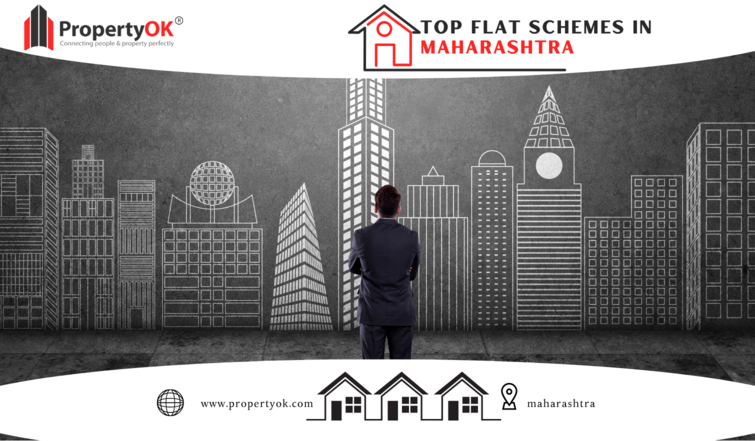
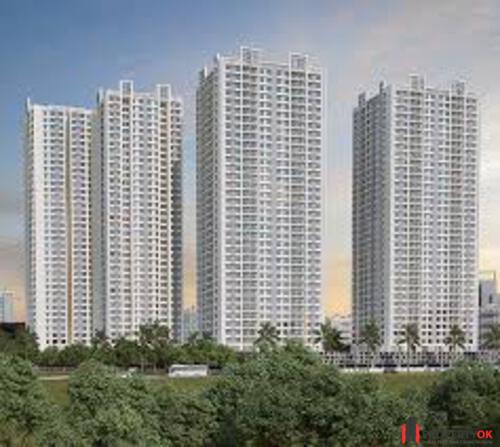
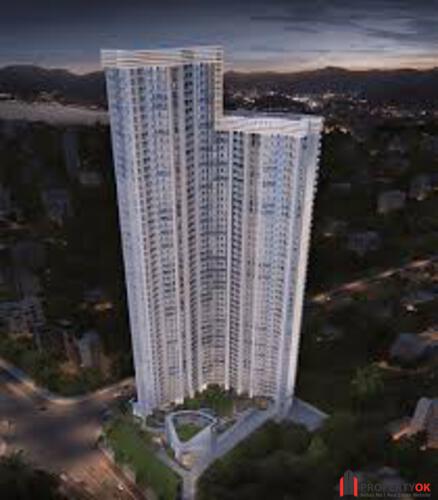
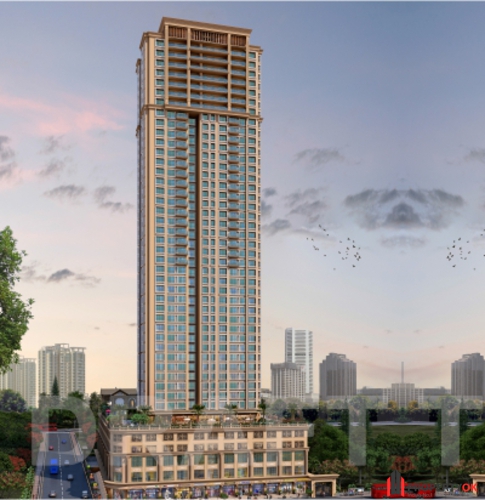

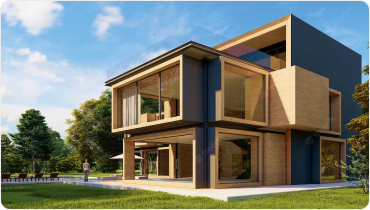
 Thank You
Thank You